Rana Young and Her Former Partner Reconsider Gender Roles
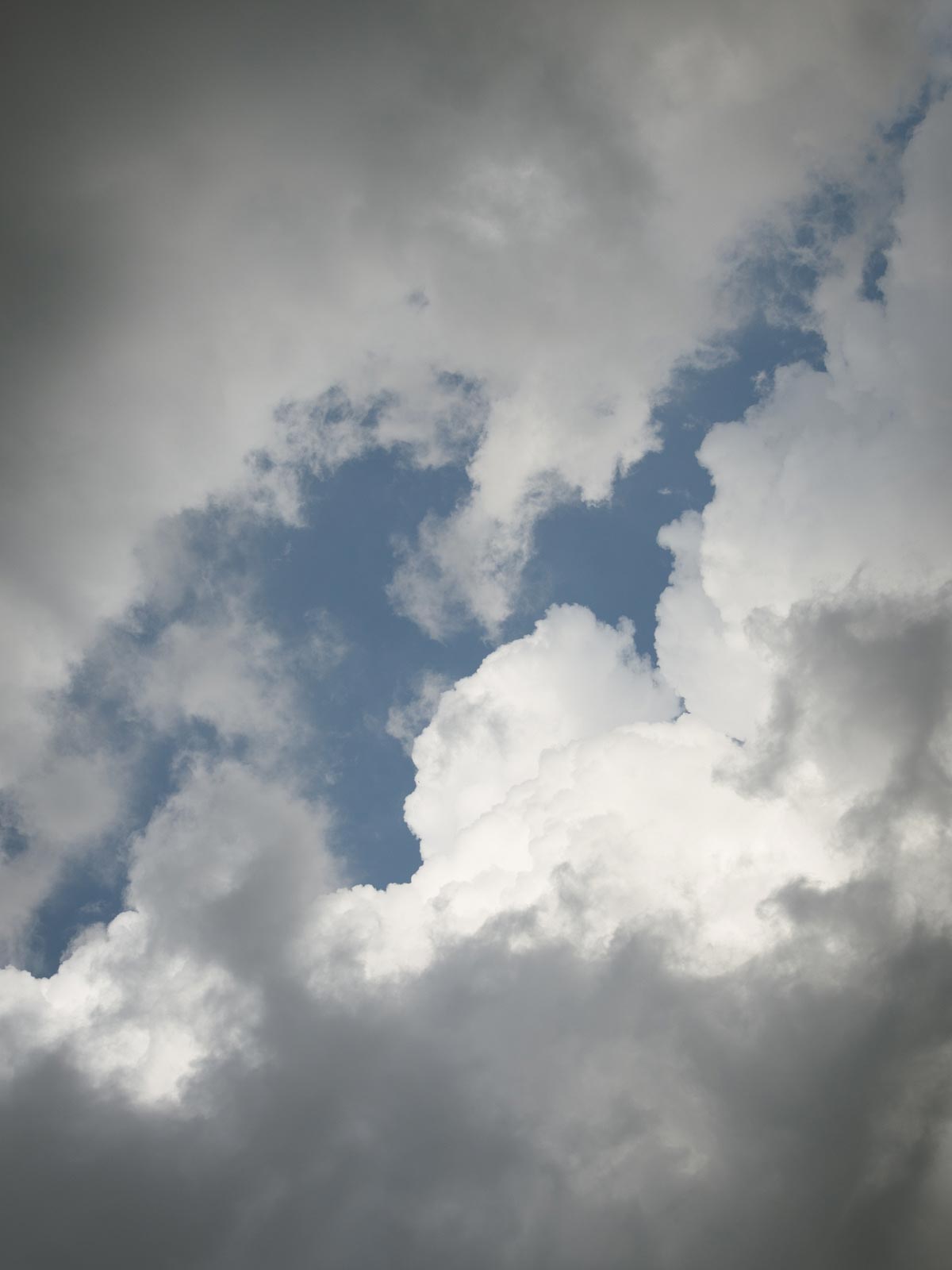

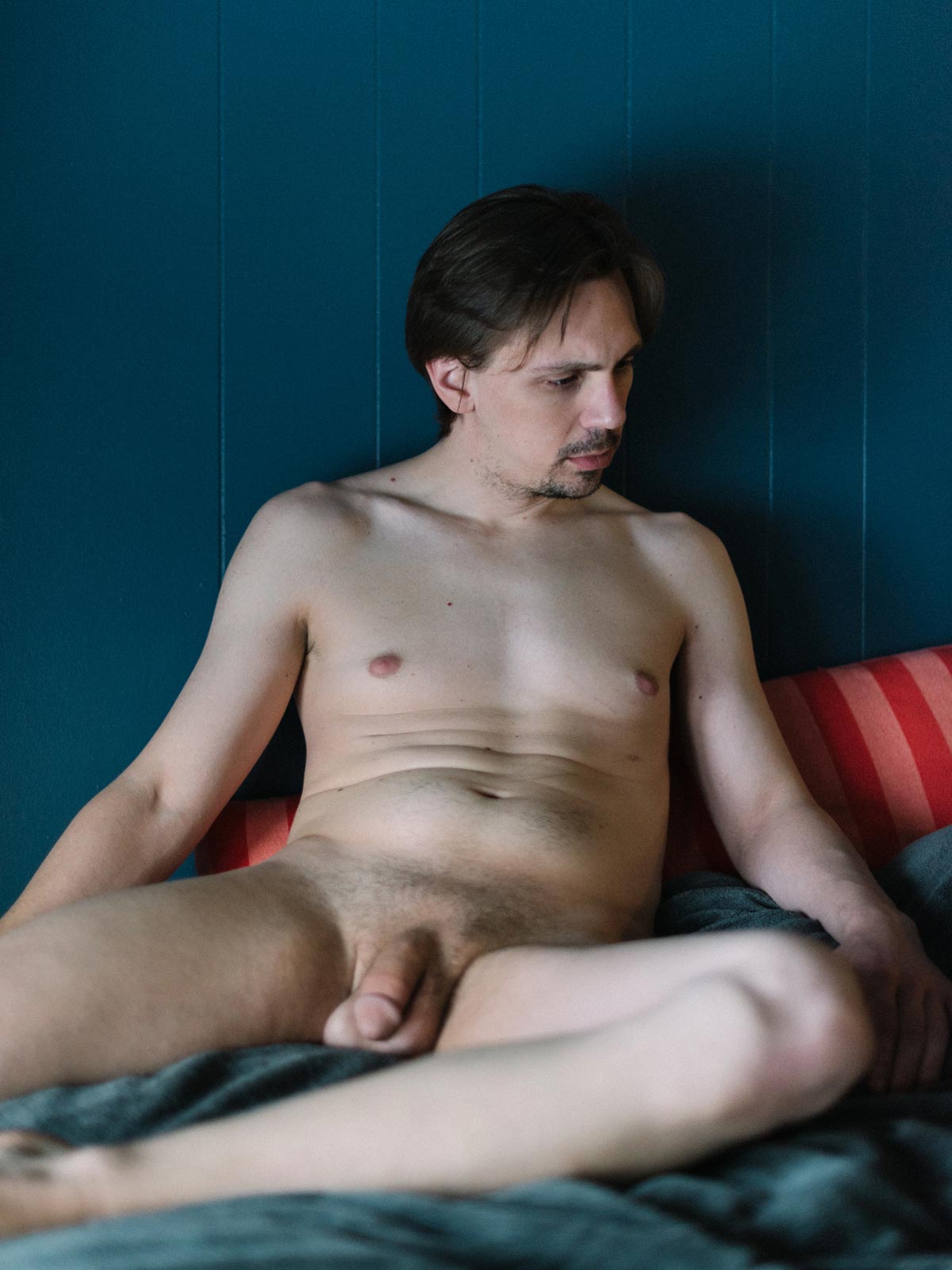
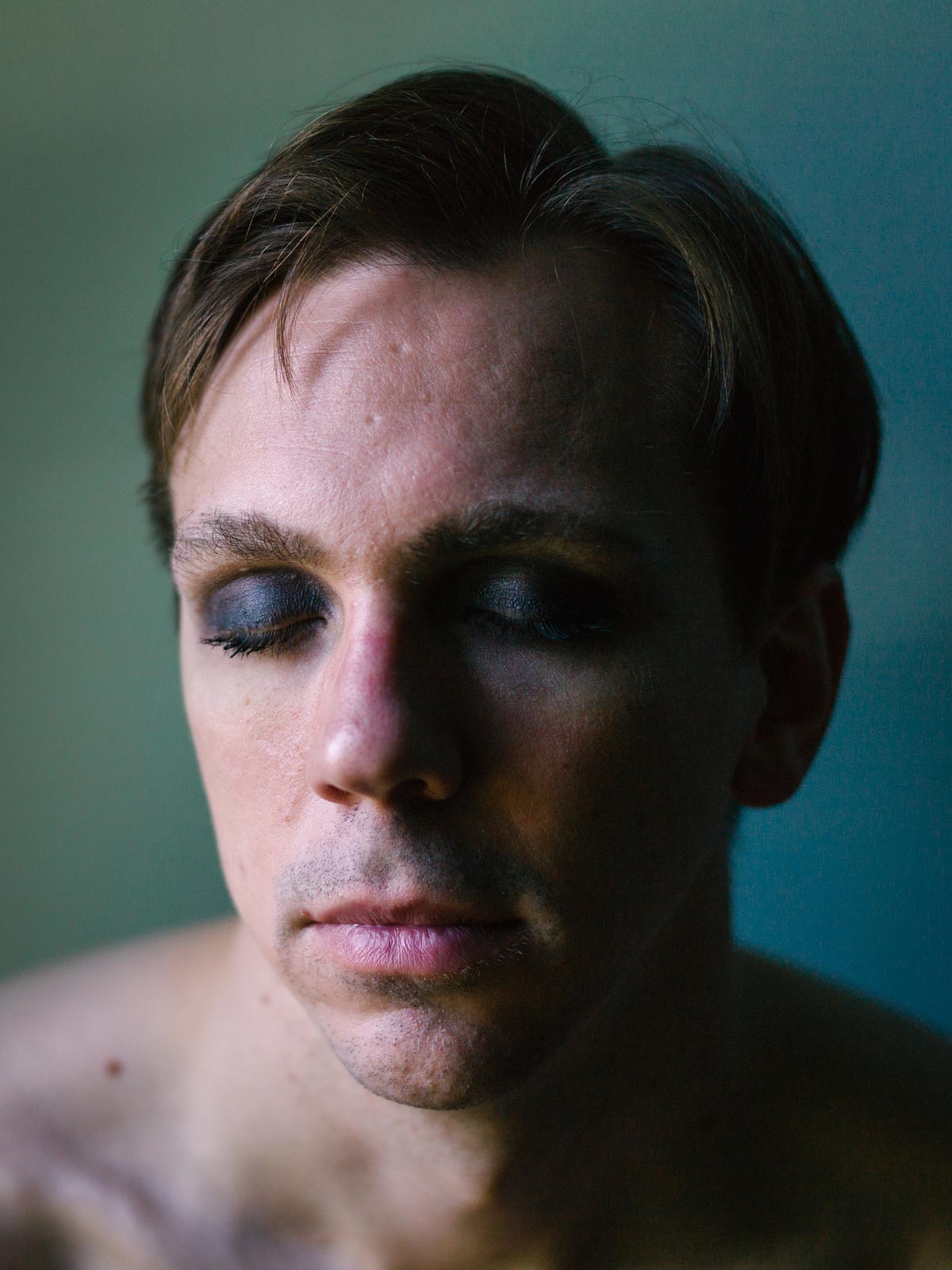
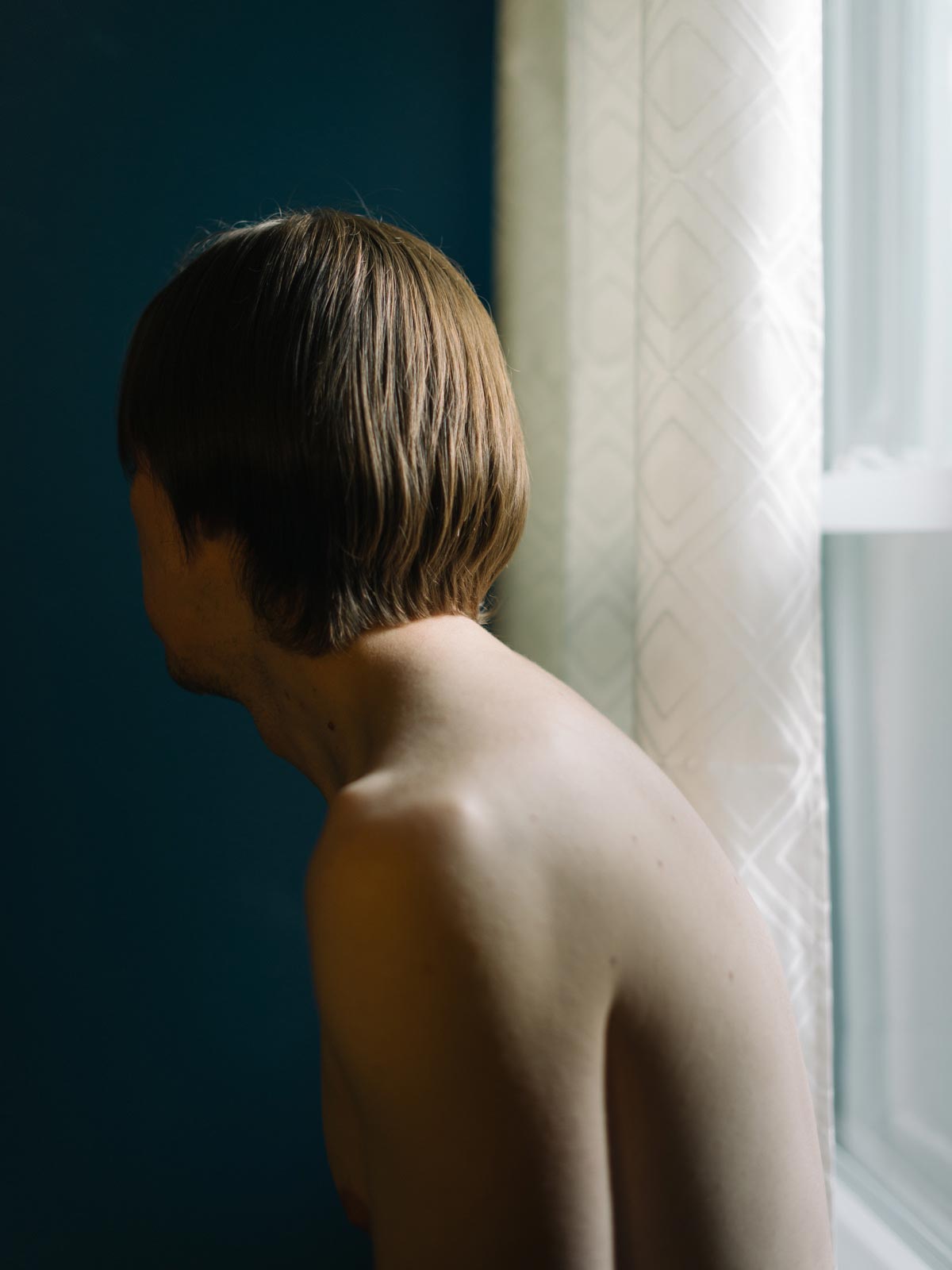


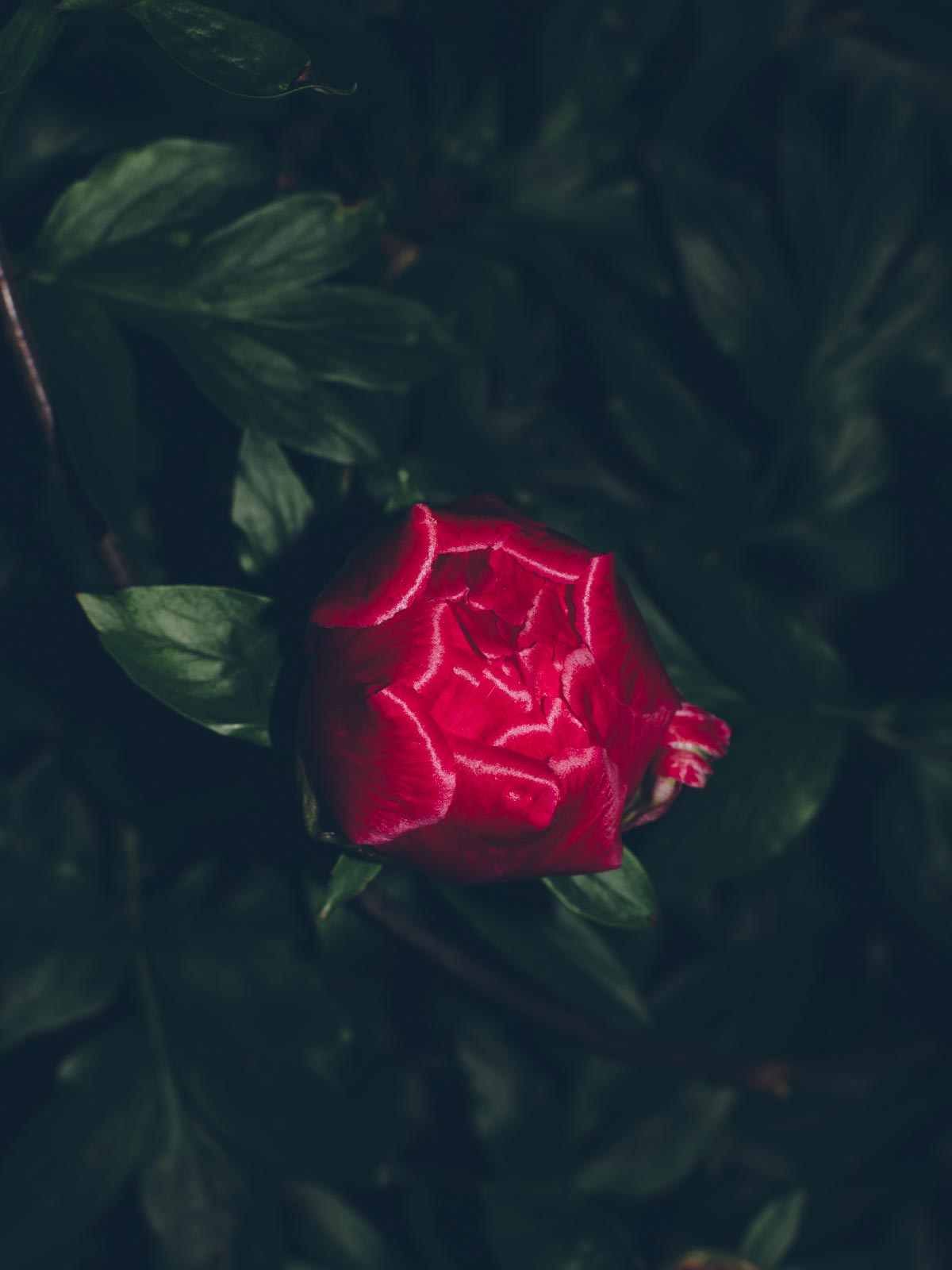
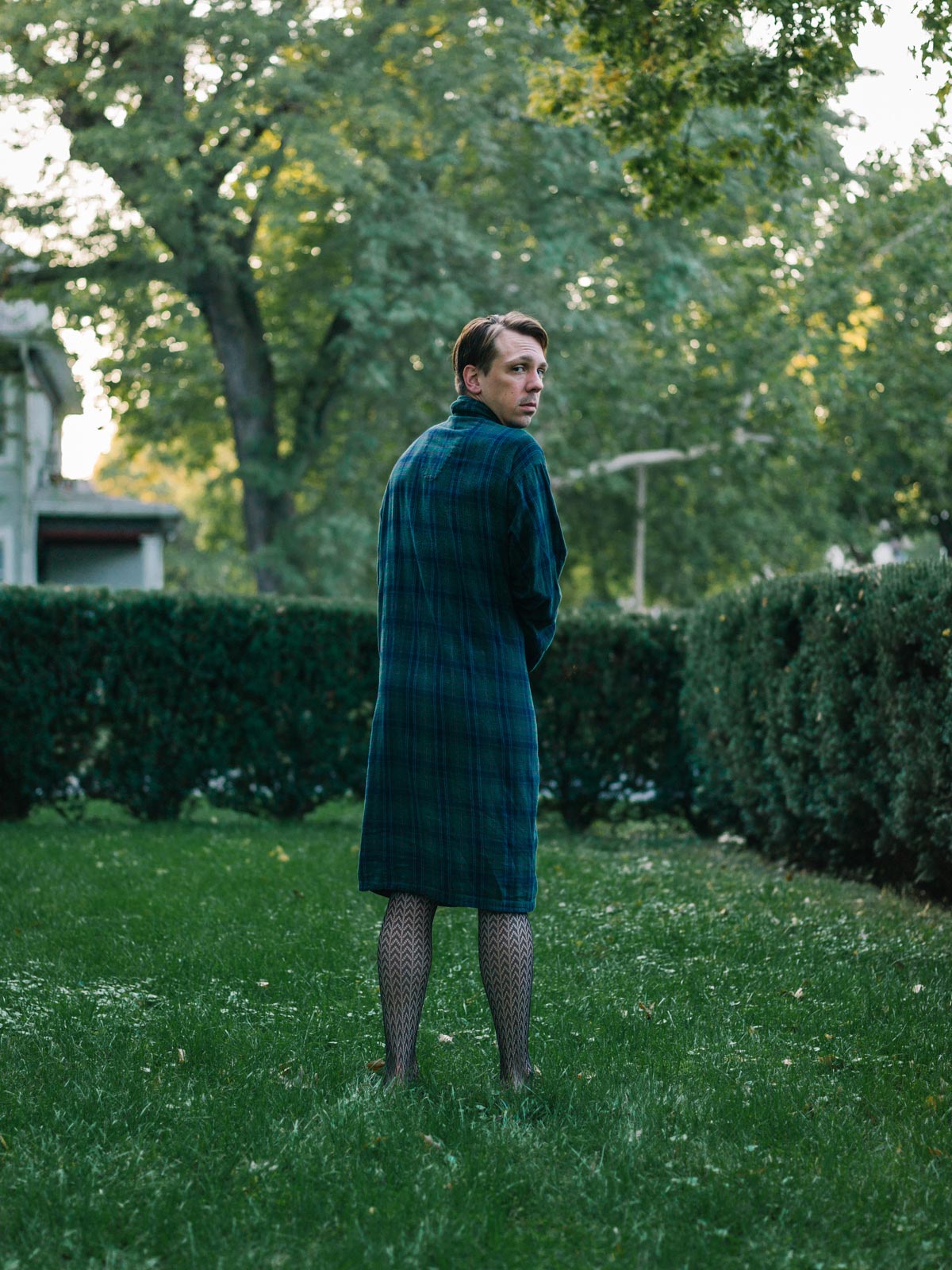



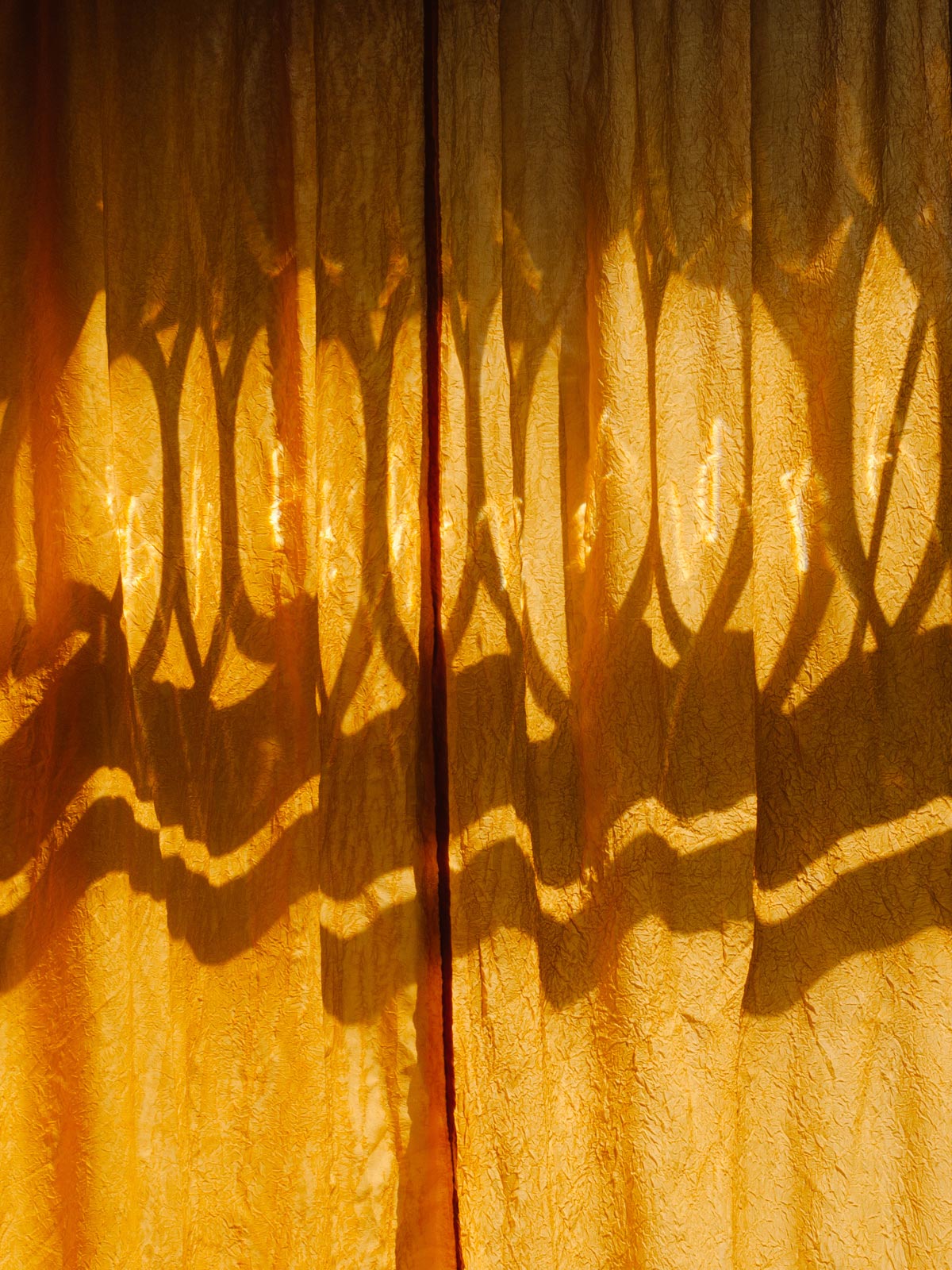


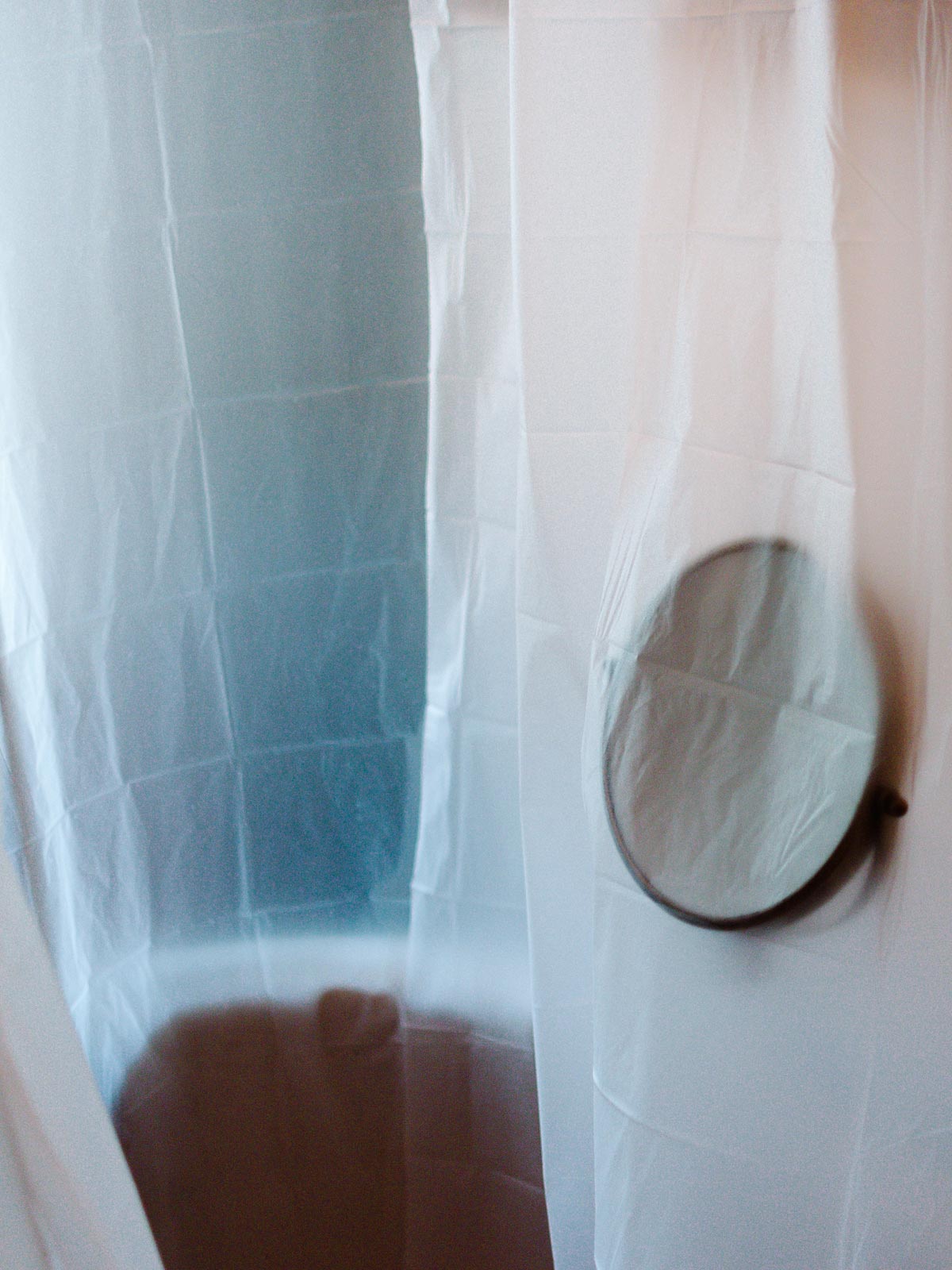
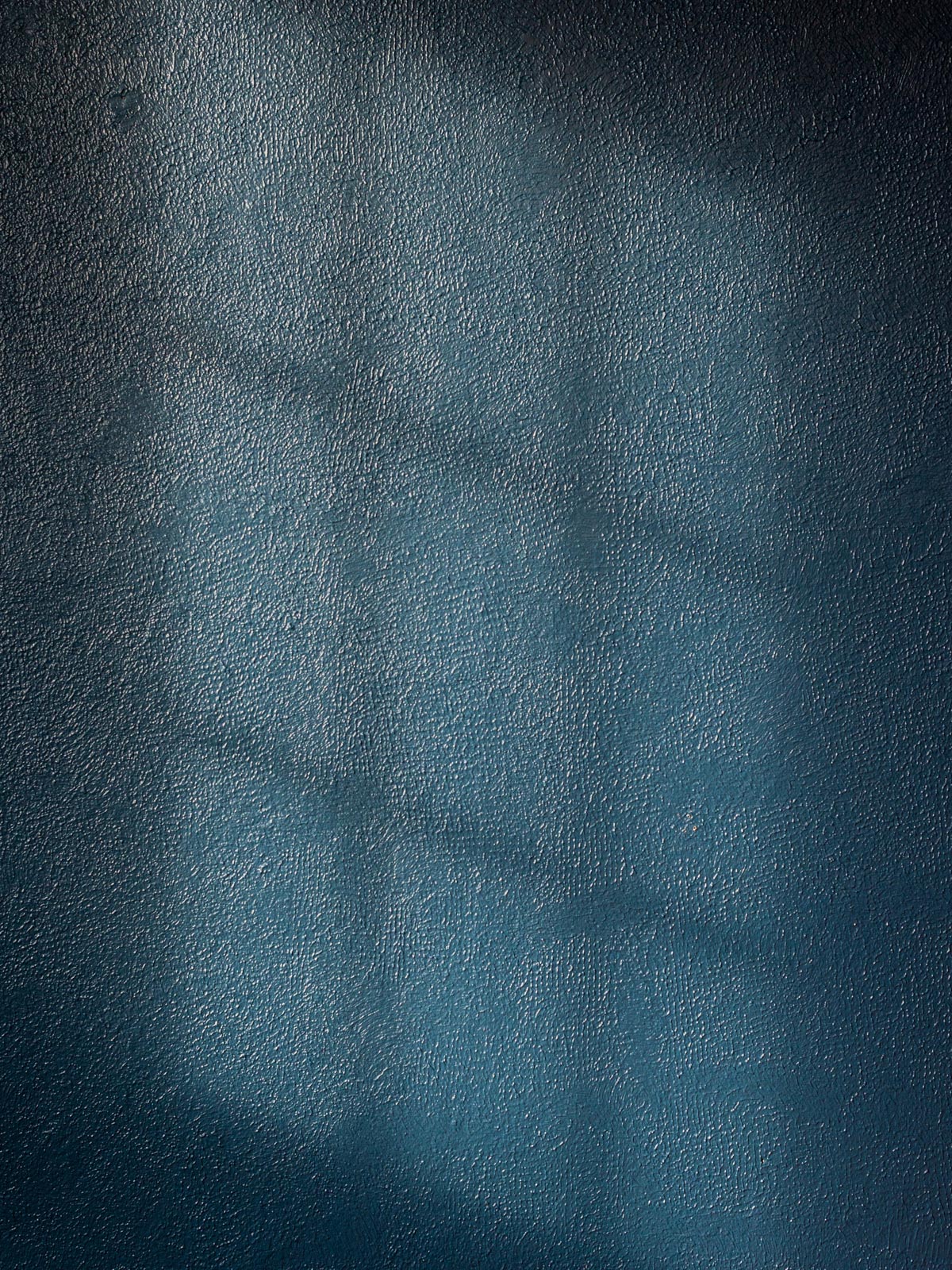
33 year-old American photographer Rana Young discusses The Rug’s Topography, a series of portraits of her former partner that they decided to work on collaboratively when, years in their relationship, they felt that traditional gender roles didn’t quite fit the bill for them.
Hello Rana, thank you for this interview. What are your main interests as a photographer?
Thanks for having me, I’m excited to be here! The medium, for me, has become an instrument to articulate visually what I observe both internally and externally—an extension of my own consciousness that may later aid in revealing something locked away.
Please introduce us to The Rug’s Topography.
The Rug’s Topography is a sort of cyclical visual diary that reflects on the trajectory within an intimate relationship in which the context transitioned from romantic to platonic. The said romantic relationship is one I shared with my former partner, Matty, for six years. In my statement I explain that “we were growing apart romantically while we were growing up together”—this refers to having met in our early twenties with green ideas of what roles we needed to serve in a romantic relationship to feel safe. Naturally, during its inception, we projected onto each other ideas of expected gender roles that we had witnessed during our upbringings, and as a result, performed those expectations for one another. During the latter half of our relationship, with more life experience and a better understanding of ourselves as individuals, we began to re-evaluate those expectations, both self-imposed and prescribed.
How would you describe the gender roles in your relationship with your partner?
In our relationship’s previous context, I would describe our roles as what some may refer to as “traditional.” The aforementioned examples we had witnessed during our formative years adhered to masculine/feminine ideals. We both grew up in the Midwest and were predominately surrounded by family structures that mirrored societal expectations. That, paired with popular television programming we grew up watching depicting familial relations, laid the foundation for what roles we were to occupy once reaching adulthood. Obviously, I could go on and on about this and dissect further what factors contributed to our individual ways of identifying. However, if I just scratch the surface of this question, I will simply say that regardless of any alternatives we both may have been exposed to, gender-normative roles were our most direct and most consistent model of example.
How did the idea for the series come along? When did you feel the need to start photographing your partner, and why did you not include yourself physically in the work as well?
I knew I wanted to make imagery depicting our private space and the anxieties arising from distance widening between us, staging him as a conduit for my own fears and insecurities. A few months into making the work, he initiated conversations about what role we served for one another and the internal struggle he continued to endure as a result. Fortunately, this dialogue afforded me a safe place to process and re-evaluate my own stance and recognize I was also uncomfortable with what role I was occupying. That being said, fears and insecurities were stemming from a simultaneous internal conflict: that things “weren’t going according to plan.”
Although this body of work visually presents my former partner physically, I’m just as much “in” these photographs as he is. These are essentially my reflections, my heightened re-constructions of my perceived environment. However, the combination of our private space serving as vantage point, figurative representation, and ambient environmental signifiers, creates a blended portrait of us.
Can you describe your approach to the work photographically? What kind of images were you aiming for, and what were you trying to capture in them?
A consistent comment in both portfolios reviews and in graduate critiques is that the work borderlines on a cinematic aesthetic—a comment I enjoy hearing as it recognizes my efforts to make allusion to the work hosting a time-based chronicle—fusing the personal narrative with a constructed reality. I aimed to represent the varied versions of self: the performative self, the expected self, and the self floating in the liminal space between. To give visual pause, or even an opportunity to reverse the order of viewing, I decided to insert ambient photographs; these act as signifiers of personal cycles of evolution. I place a lot of emphasis on the threshold, the portal or barrier between the realms of public versus private, as well as the literal or metaphorical mirror embodying the process of self-reflection. I typically describe my approach to creating this work as achieving a balance between the very intimate moment that occurs organically, and the theatrical moment that presents itself cinematically. Life, for many of us, is comprised of moments balancing or navigating between these two realms and I hope the representation of this dichotomy is identifiable.
What does the title The Rug’s Topography mean, exactly?
For myself, The Rug’s Topography in a literal sense refers to transition within the private space (the impression a piece of furniture leaves upon relocating it, etc.) and also metaphorically to one’s physical form (the subtle/profound transformation of the body from manicuring or removing body hair). The words were borrowed from the song The Nurse Who Loved Me originally written and performed by the band Failure. Although the conceptual underpinning for their lyrics speak to a different narrative, the concept of transition is a constant theme throughout the album (Fantastic Planet, 1996) and continues to resonate with me today.
Has using photography actually helped you and your partner reassess your relationship? If yes, how?
Definitely. The access he granted me in regards to making the work led to intimate communication. This communication provided a threshold into an expression of emotions that may otherwise have been suppressed. Had we not had some sort of external force prompting this dialogue, it is very possible we may still be sitting with those harbored feelings today. Together, we alleviated that pressure of performing for one another, neutralized the imbalance of power often occurring between photographers and their subjects, and now each occupy the role of friend. Our decision to end romantic involvement could have ended badly, but the medium helped us to salvage the foundation of our bond as people and maintain our emotional intimacy.
How do you hope viewers react to your images, ideally?
I hope viewing the body of work can host a meditative experience. I do not think that this work is “for everyone” and “universally relatable,” but in the broadest sense I hope the images provide a vulnerable glimpse into the madness involved in knowing oneself.
What have been the main influences on your photography?
I’ve heard time and time again to “photograph what you know” and inherently have always been most comfortable photographing those in intimate proximity, primarily when conveying an internal dialogue. My first photo professor drove the point of how important context was in analyzing an image—to ask ourselves what preconceived notions we had about the subject and how those notions may shift based upon further contextualization. I was most intrigued by portraiture from artists such as Goldin, Hujar, and Woodman, in regards to their ability to juxtapose the mundane environment with a subtle tension or even confrontational narrative.
Who are some of your favorite contemporary photographers?
Laura Shipley & Antone Dolezal, Katy Grannan, Daniel Coburn, Holly Andres, Bryan Schutmaat, Amy Elkins, Lisa Lindvay… I could go on for days.
Choose your #threewordsforphotography.
Intention. Threshold. Evidence.
Keep looking...

FotoCal — Photography Awards, Grants and Open Calls Closing in June 2025

FotoCal — Photography Awards, Grants and Open Calls Closing in May 2025

FotoCal — Photography Awards, Grants and Open Calls Closing in April 2025

FotoCal — Photography Awards, Grants and Open Calls Closing in March 2025

FotoCal — Photography Awards, Grants and Open Calls Closing in February 2025

FotoCal — Photography Awards, Grants and Open Calls Closing in January 2025

FotoCal — Photography Awards, Grants and Open Calls Closing in December 2024




